E-Bikes are what defines F-U-N! They have an integrated motor that offers riders a pedal assist option to give a little extra boost when needed. They are a workout with a little less work. Pedal assist removes the challenge of biking in high elevation and climbing hills, so riders can just enjoy the journey. E-Bikes are a one-size-fits-all option for biking tours giving multigenerational families and groups of varying physical abilities the chance to ride together, unveiling a whole new lens on travel.
Try one of our crafted city tours where you will explore the lesser known corners of Santa Fe, diving deep into the culture and scenery. Our Inspired Guide will lead you as you tour the neighborhoods and wooded areas that serve as the foundation of the culture and history that created these unique and enchanting cities. Let our guides be in charge of the navigation and bring your tour to life with insider stories and tips!
La ville de New York
Explorer
 Expériences uniques
Expériences uniques
 Services de voyage et de transport
Services de voyage et de transport
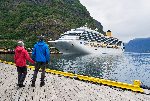 Tours, visites et croisières
Tours, visites et croisières
 Billets et laissez-passer
Billets et laissez-passer
 Billets et laissez-passer pour événements sportifs
Billets et laissez-passer pour événements sportifs
 Petit groupe
Petit groupe
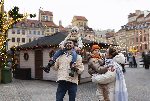 Occasions saisonnières et spéciales
Occasions saisonnières et spéciales
 Mesures d'assainissement appliquées
Mesures d'assainissement appliquées
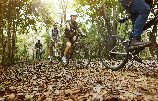 Activités extérieures
Activités extérieures
 Susceptible de se vendre
Susceptible de se vendre
 Visites amicales LGBT
Visites amicales LGBT
 Accueille les enfants
Accueille les enfants
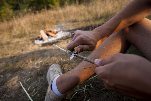 Implique des animaux
Implique des animaux
 Bon pour éviter les foules
Bon pour éviter les foules
 Nourriture boisson
Nourriture boisson
 Excellente qualité
Excellente qualité
 Cours & Ateliers
Cours & Ateliers
 Meilleure conversion
Meilleure conversion
 Audioguides
Audioguides
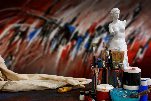 Art & Culture
Art & Culture
 Viateur Plus
Viateur Plus
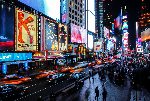 Sustainable Tours
Sustainable Tours
 Limousine Transfers
Limousine Transfers
 Donut Walking Tour
Donut Walking Tour
 Virtual Experiences
Virtual Experiences
 Additional fees
Additional fees
 DSA non-compliant
DSA non-compliant
 Expériences uniques
Expériences uniques
 Services de voyage et de transport
Services de voyage et de transport
 Tours, visites et croisières
Tours, visites et croisières
 Billets et laissez-passer
Billets et laissez-passer
 Billets et laissez-passer pour événements sportifs
Billets et laissez-passer pour événements sportifs
 Petit groupe
Petit groupe
 Occasions saisonnières et spéciales
Occasions saisonnières et spéciales
 Mesures d'assainissement appliquées
Mesures d'assainissement appliquées
 Activités extérieures
Activités extérieures
 Susceptible de se vendre
Susceptible de se vendre
 Visites amicales LGBT
Visites amicales LGBT
 Accueille les enfants
Accueille les enfants
 Implique des animaux
Implique des animaux
 Bon pour éviter les foules
Bon pour éviter les foules
 Nourriture boisson
Nourriture boisson
 Excellente qualité
Excellente qualité
 Cours & Ateliers
Cours & Ateliers
 Meilleure conversion
Meilleure conversion
 Audioguides
Audioguides
 Art & Culture
Art & Culture
 Viateur Plus
Viateur Plus
 Sustainable Tours
Sustainable Tours
 Limousine Transfers
Limousine Transfers
 Donut Walking Tour
Donut Walking Tour
 Virtual Experiences
Virtual Experiences
 Additional fees
Additional fees
 DSA non-compliant
DSA non-compliant




 fr
fr
 English
English
 Russian
Russian
 Polish
Polish
 Ukrainian
Ukrainian
 Serbian
Serbian
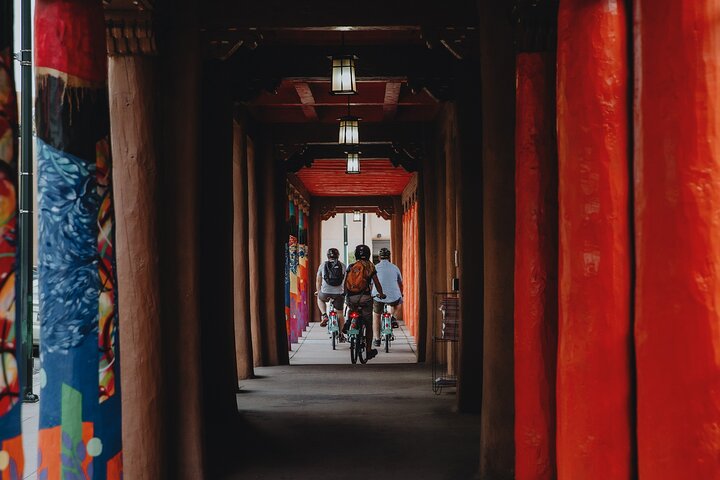
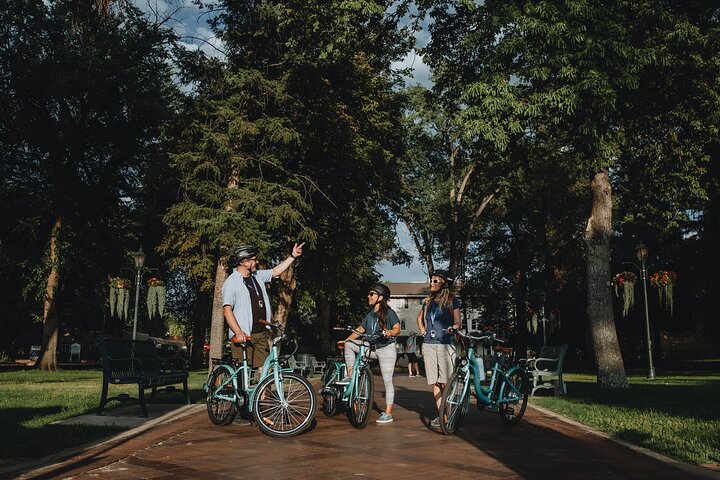
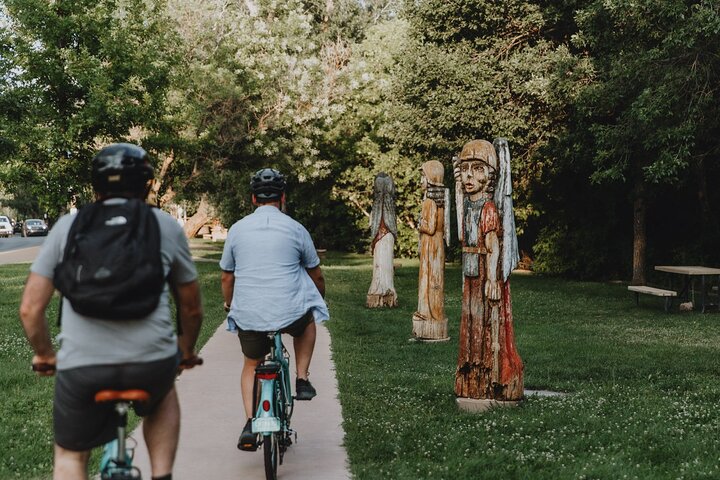
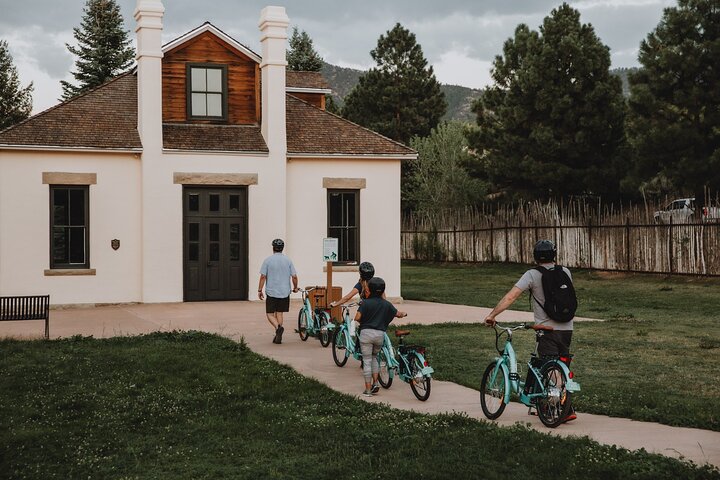
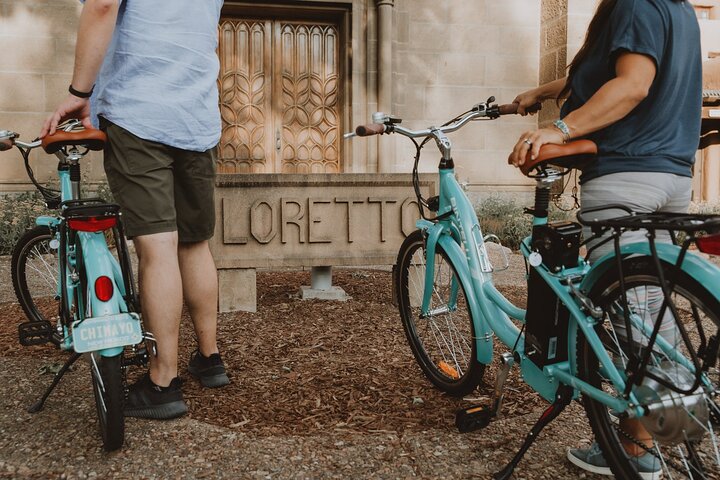
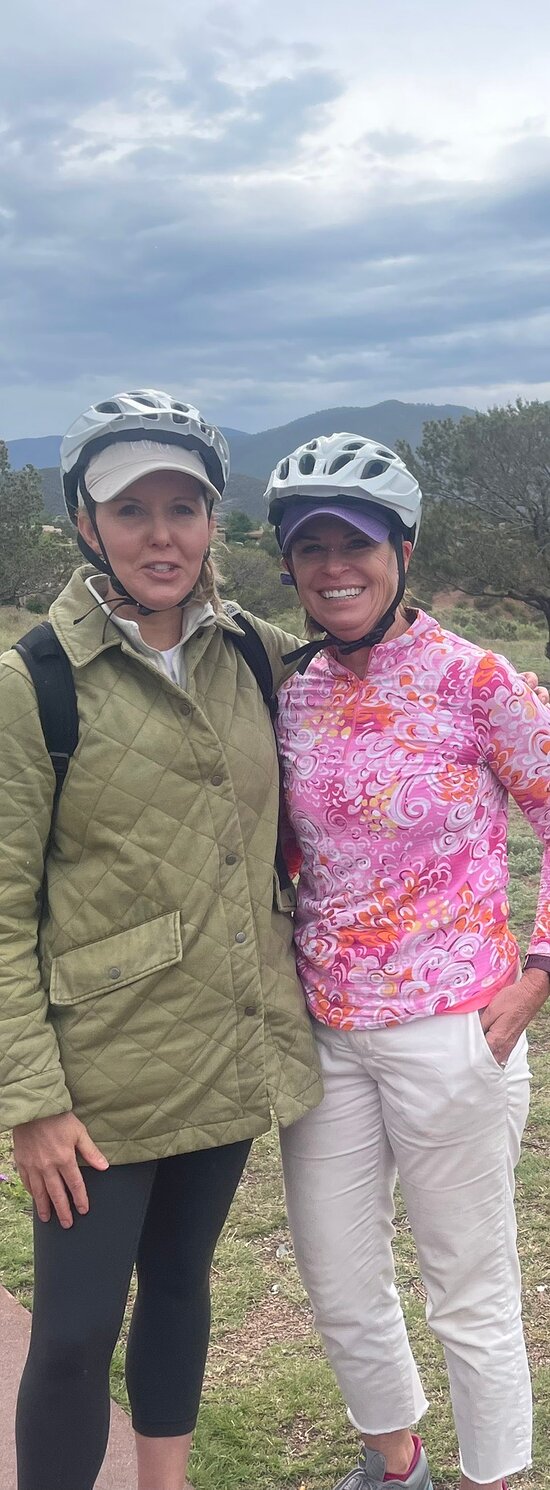
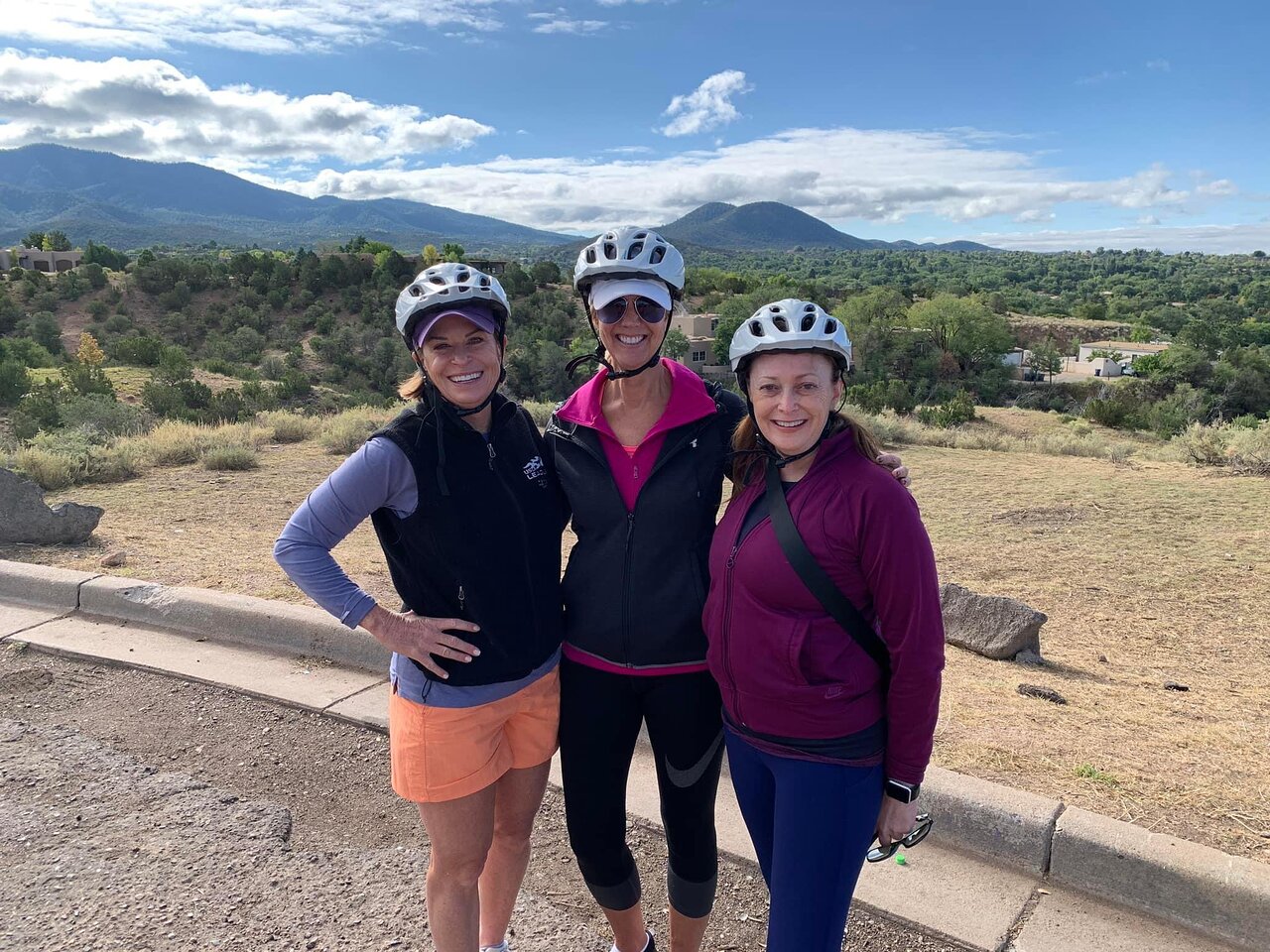

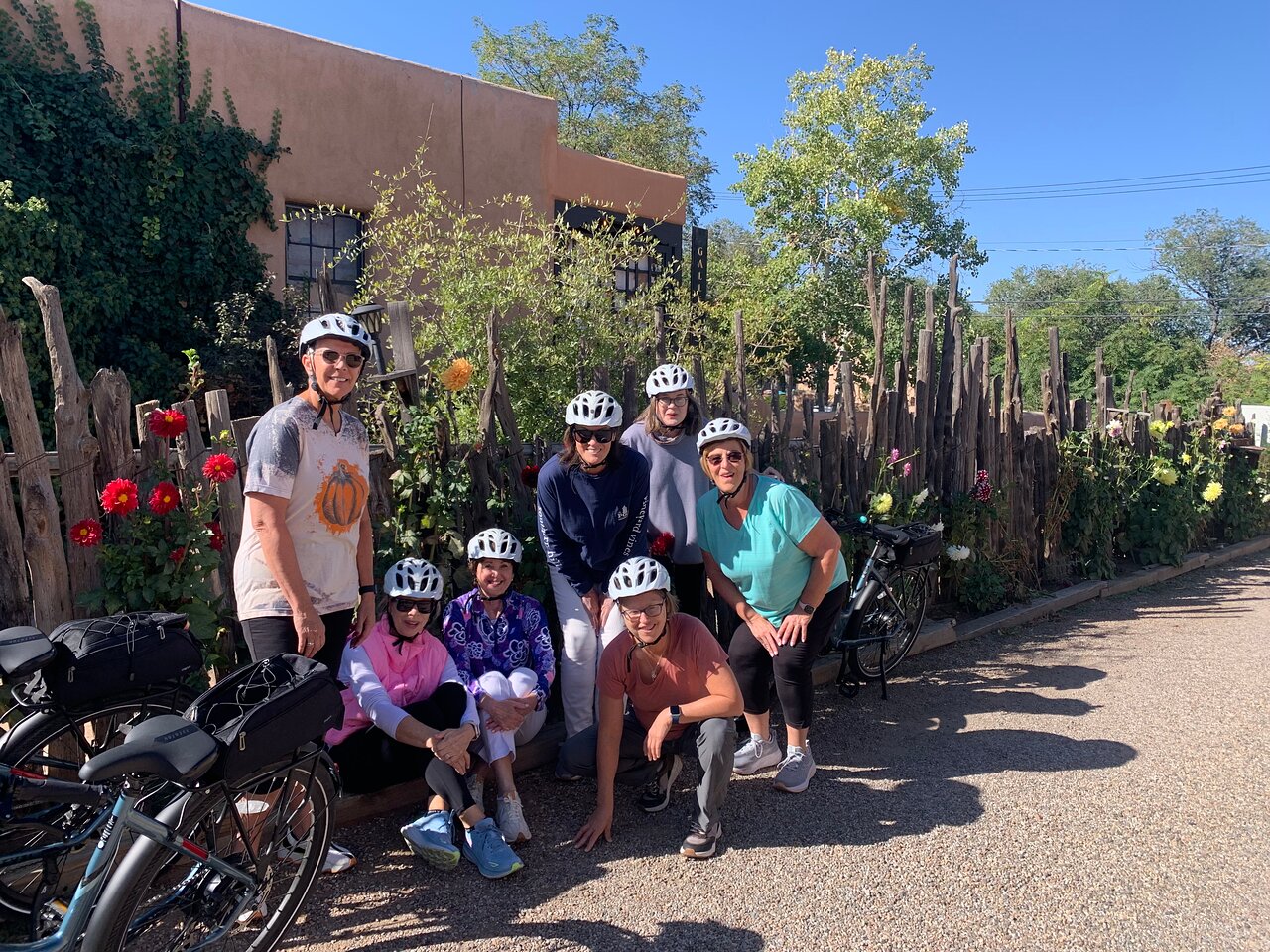
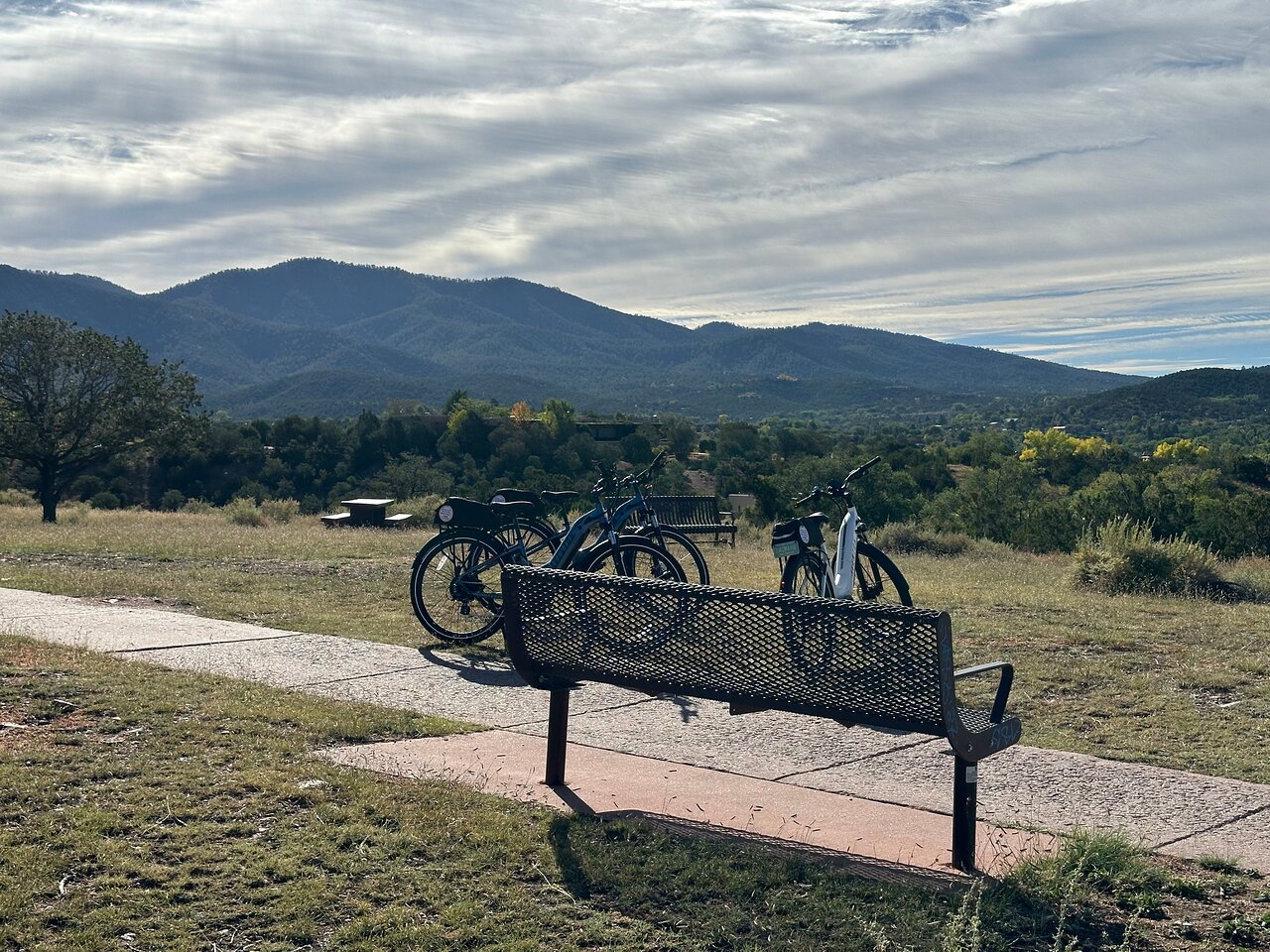
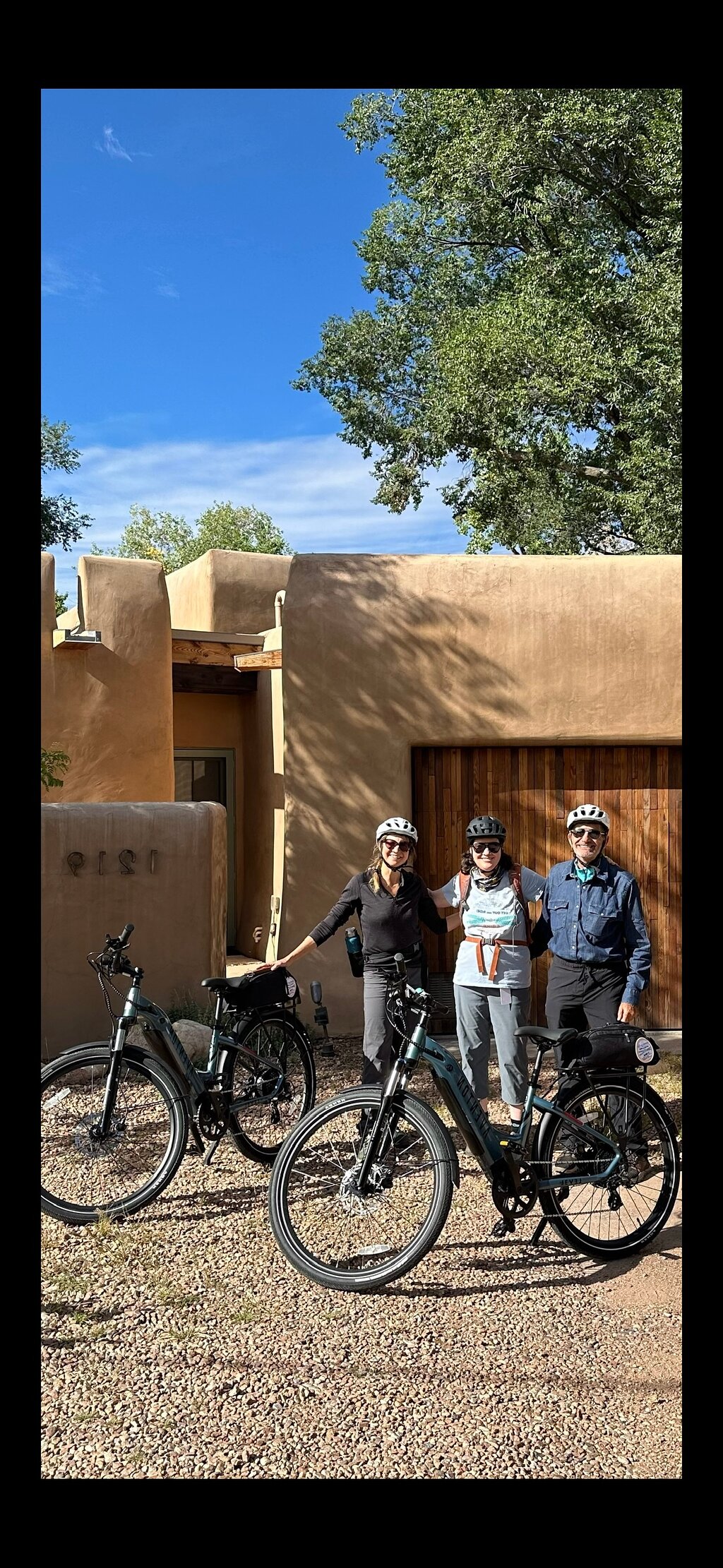
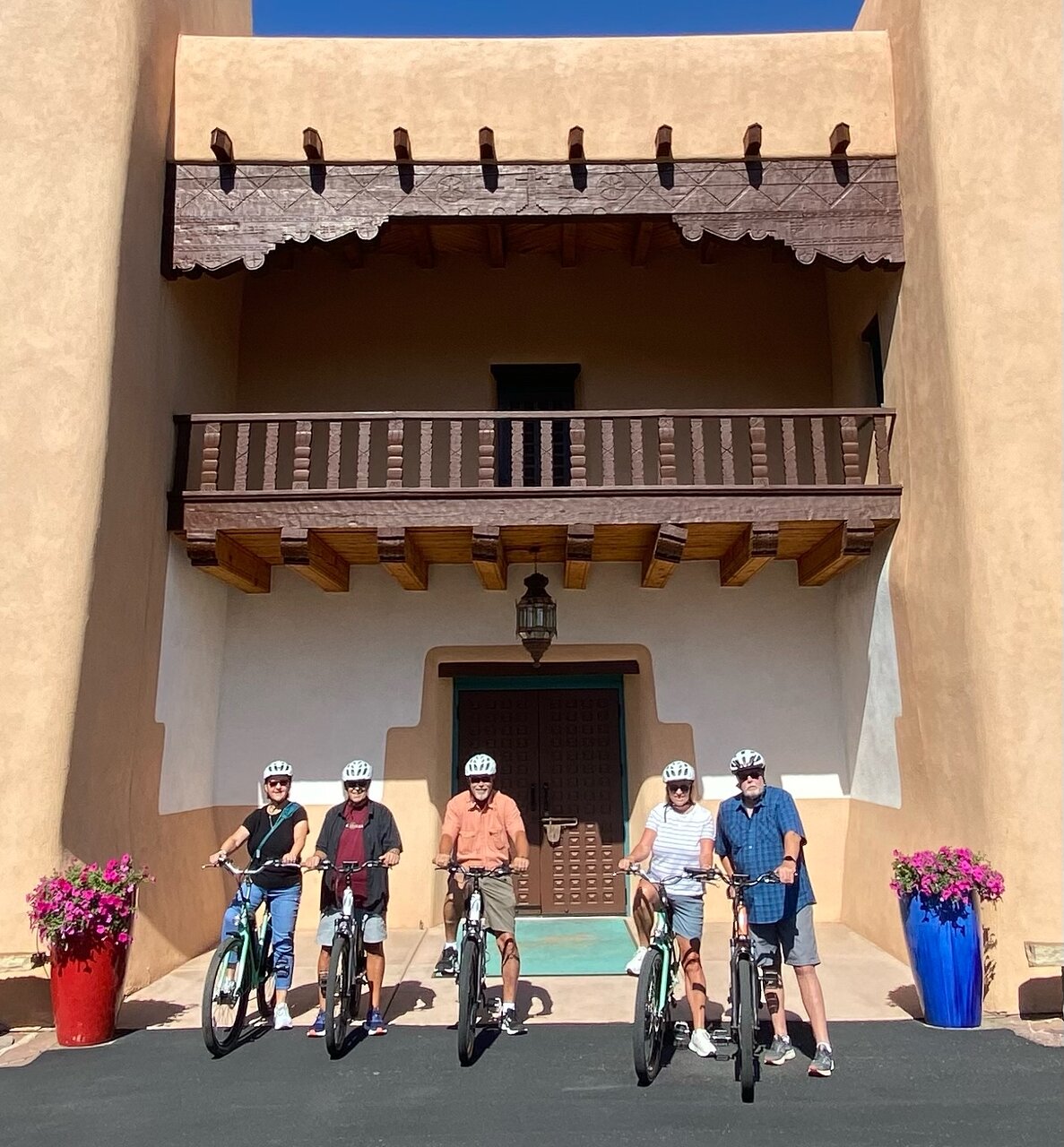
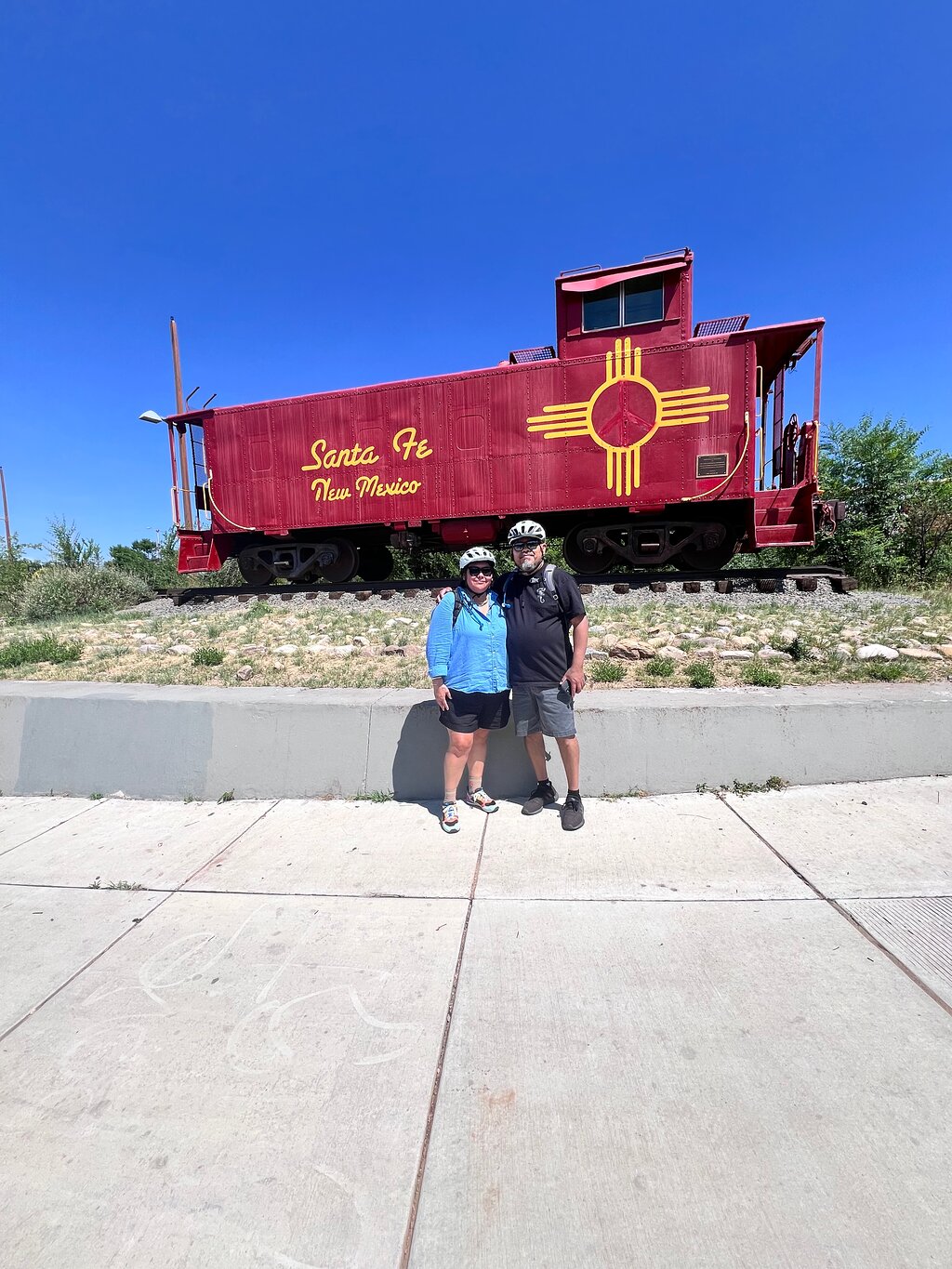
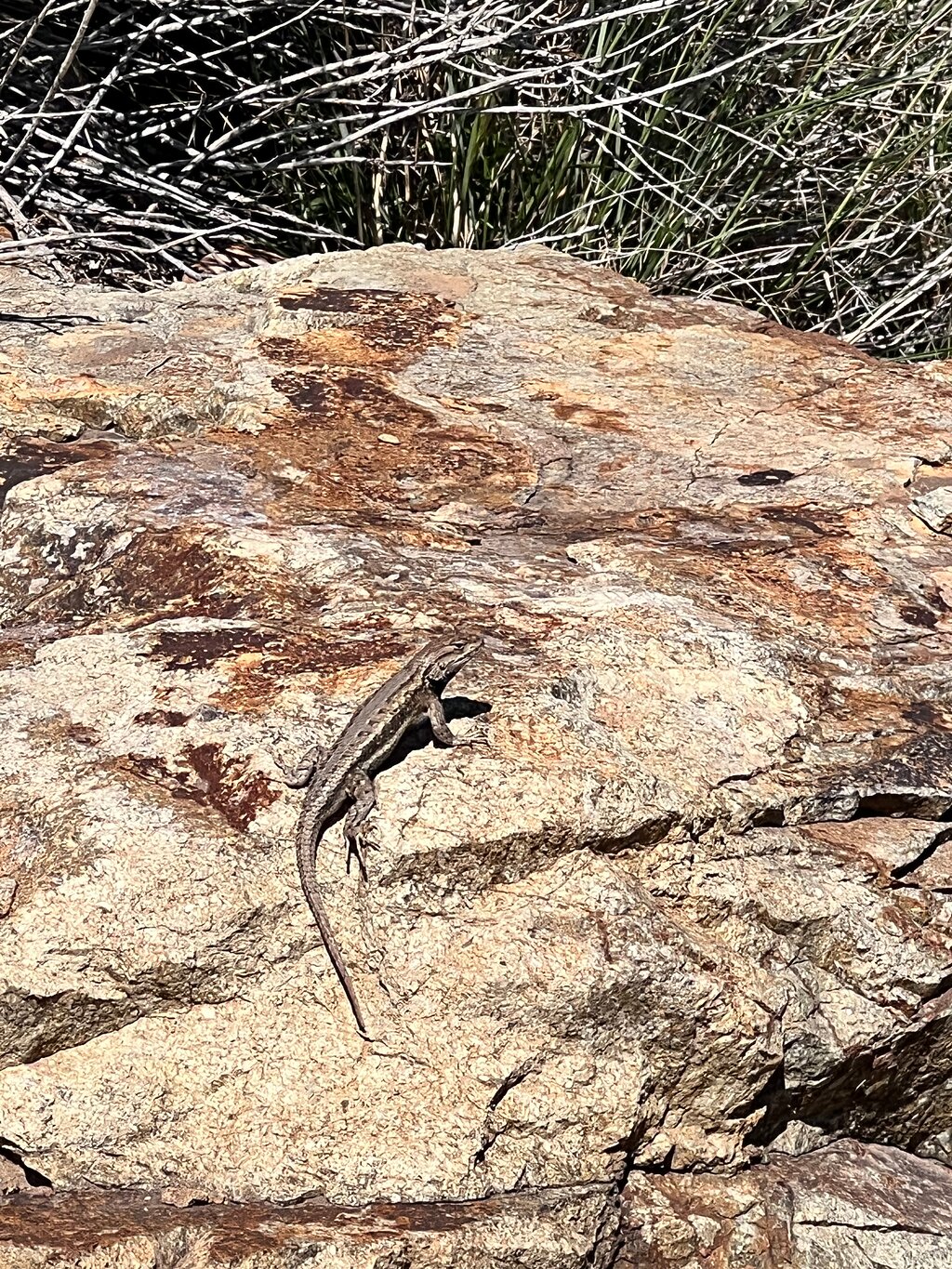
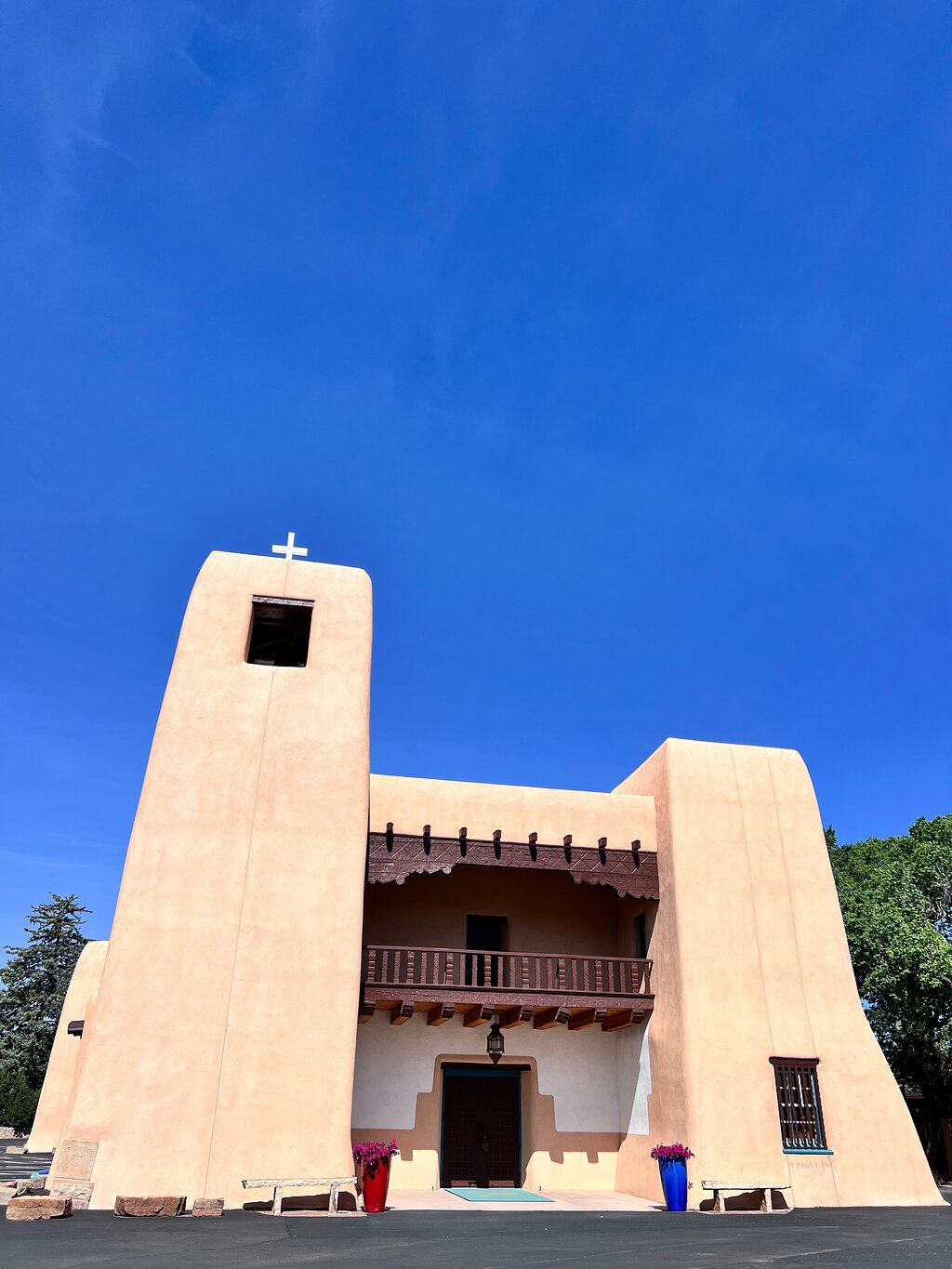
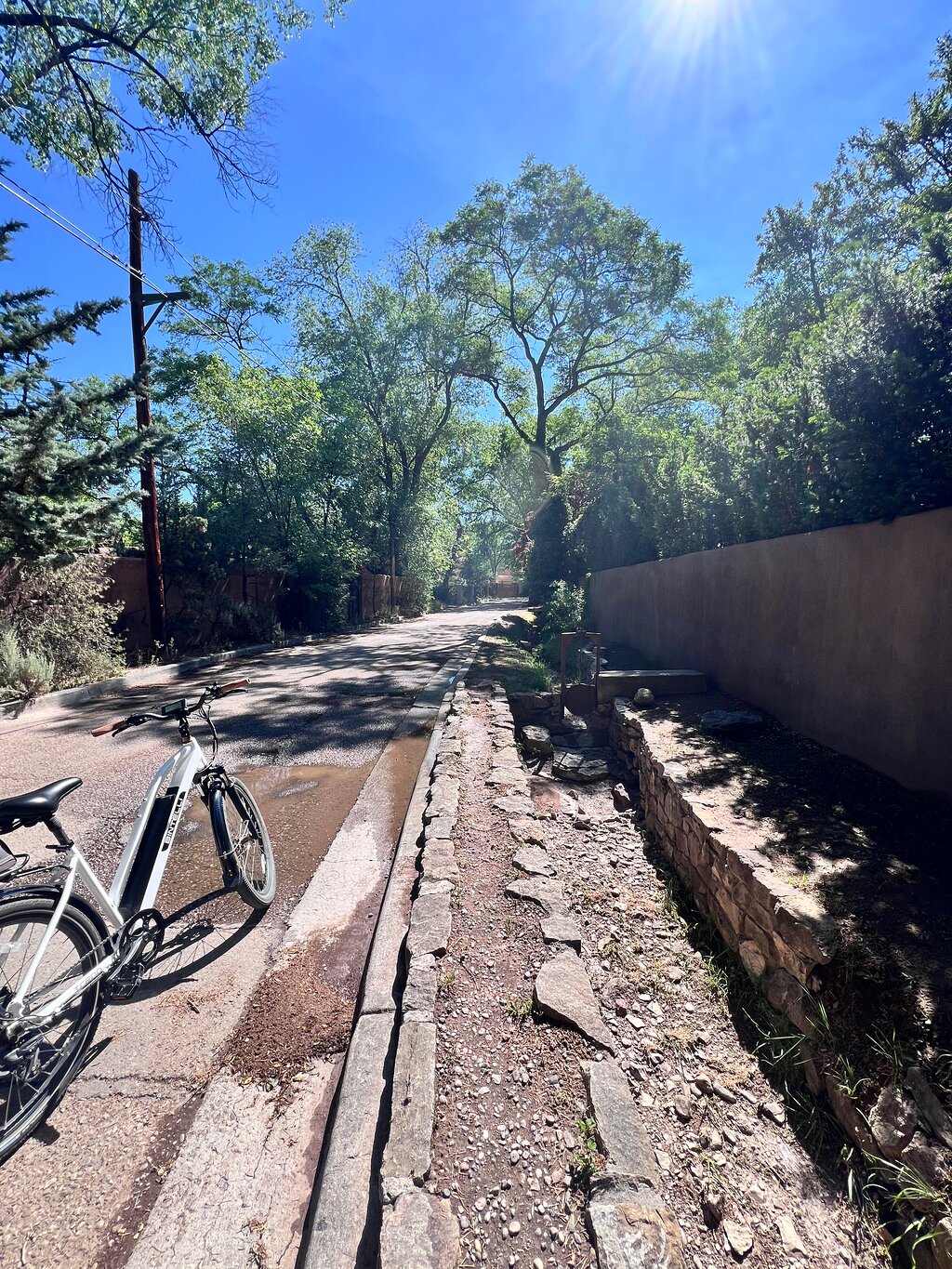
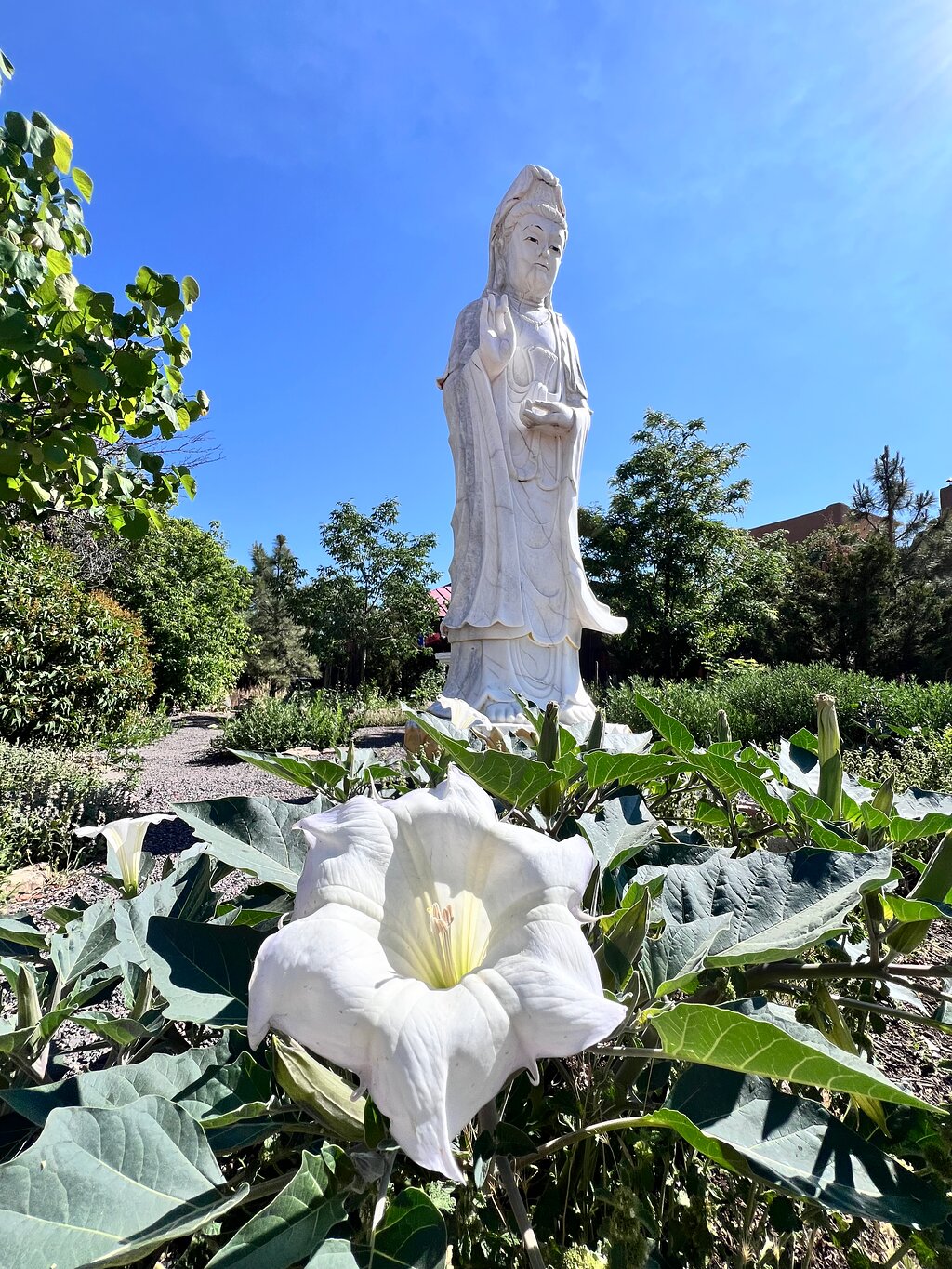
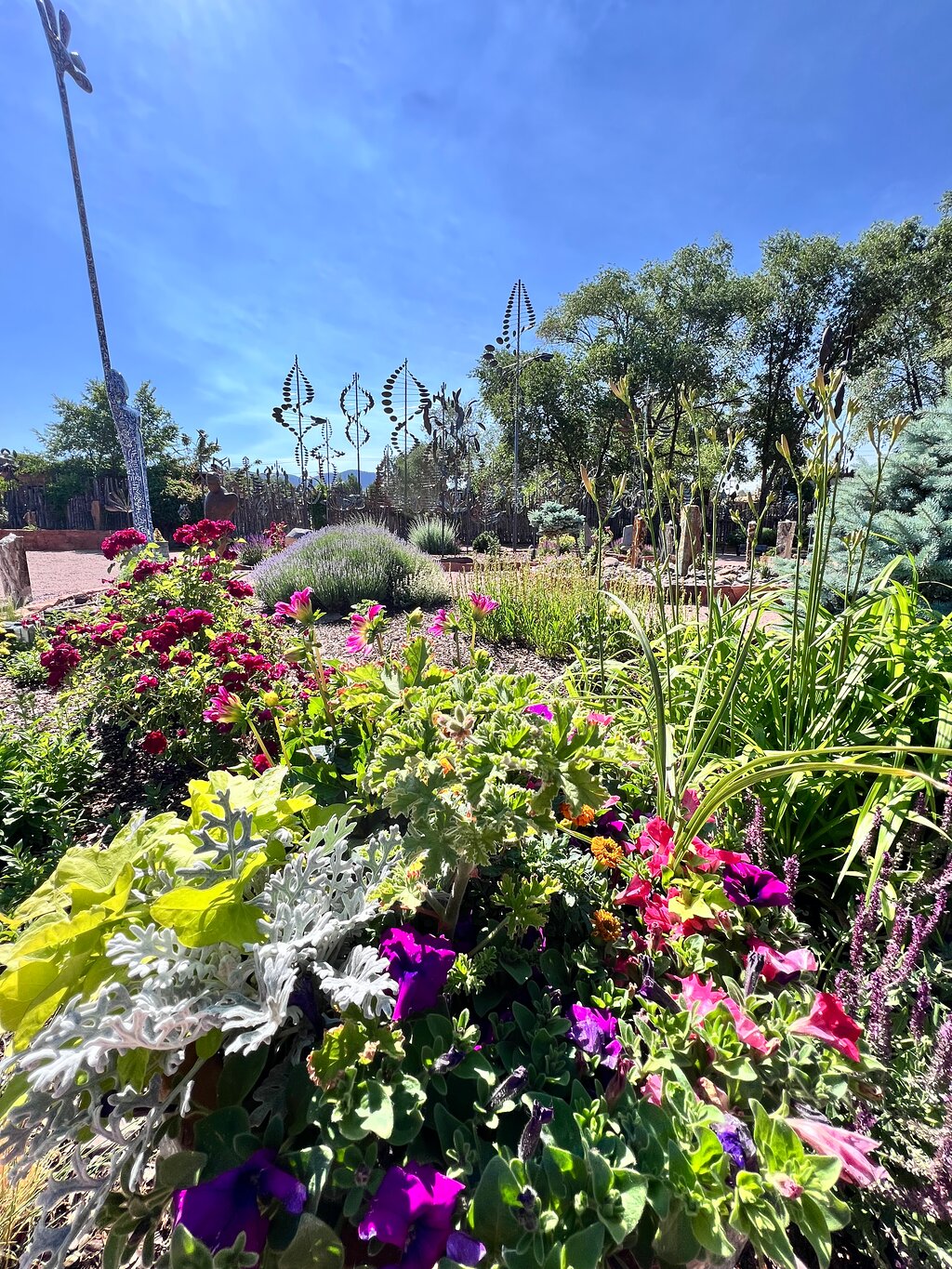
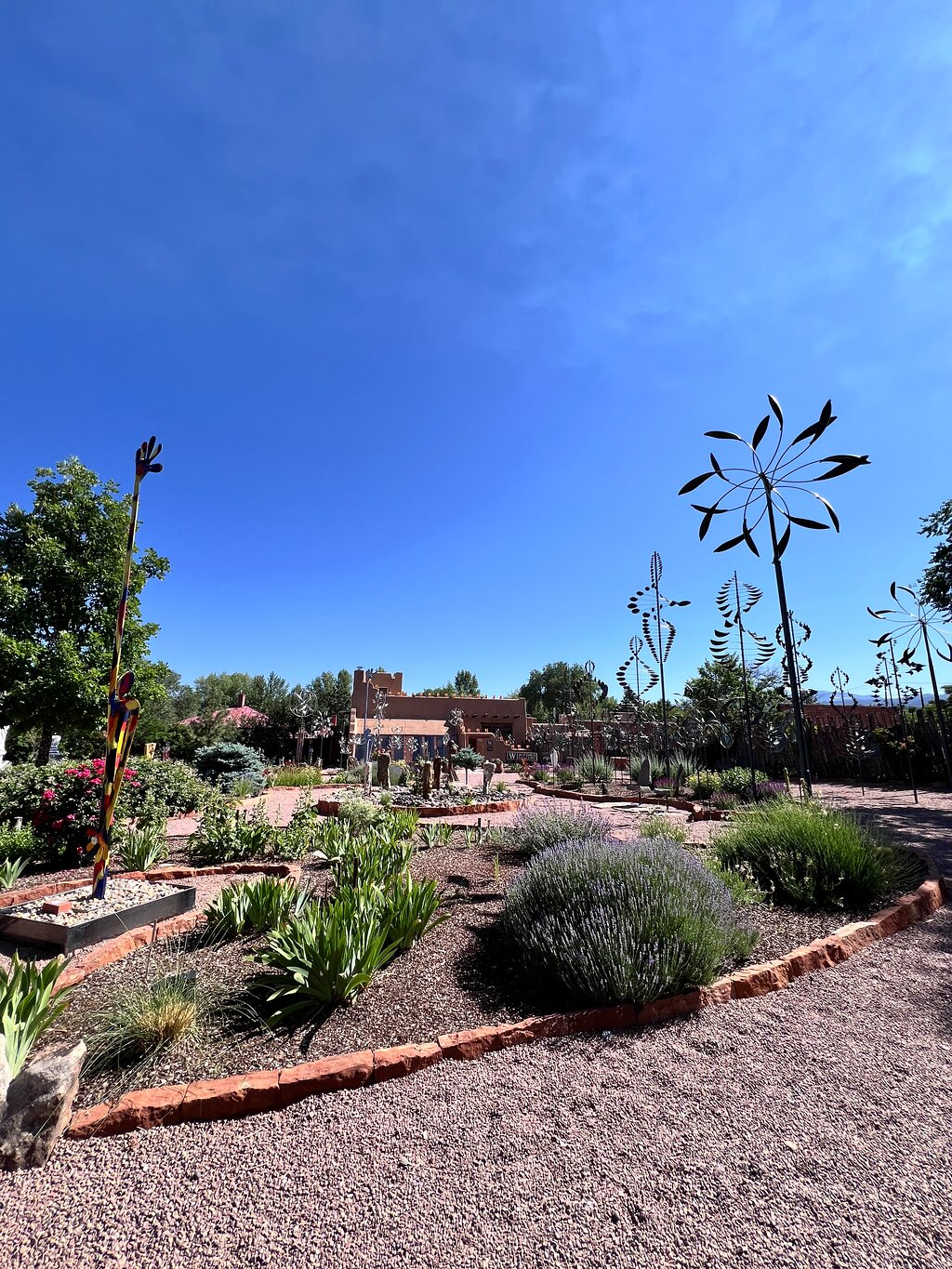
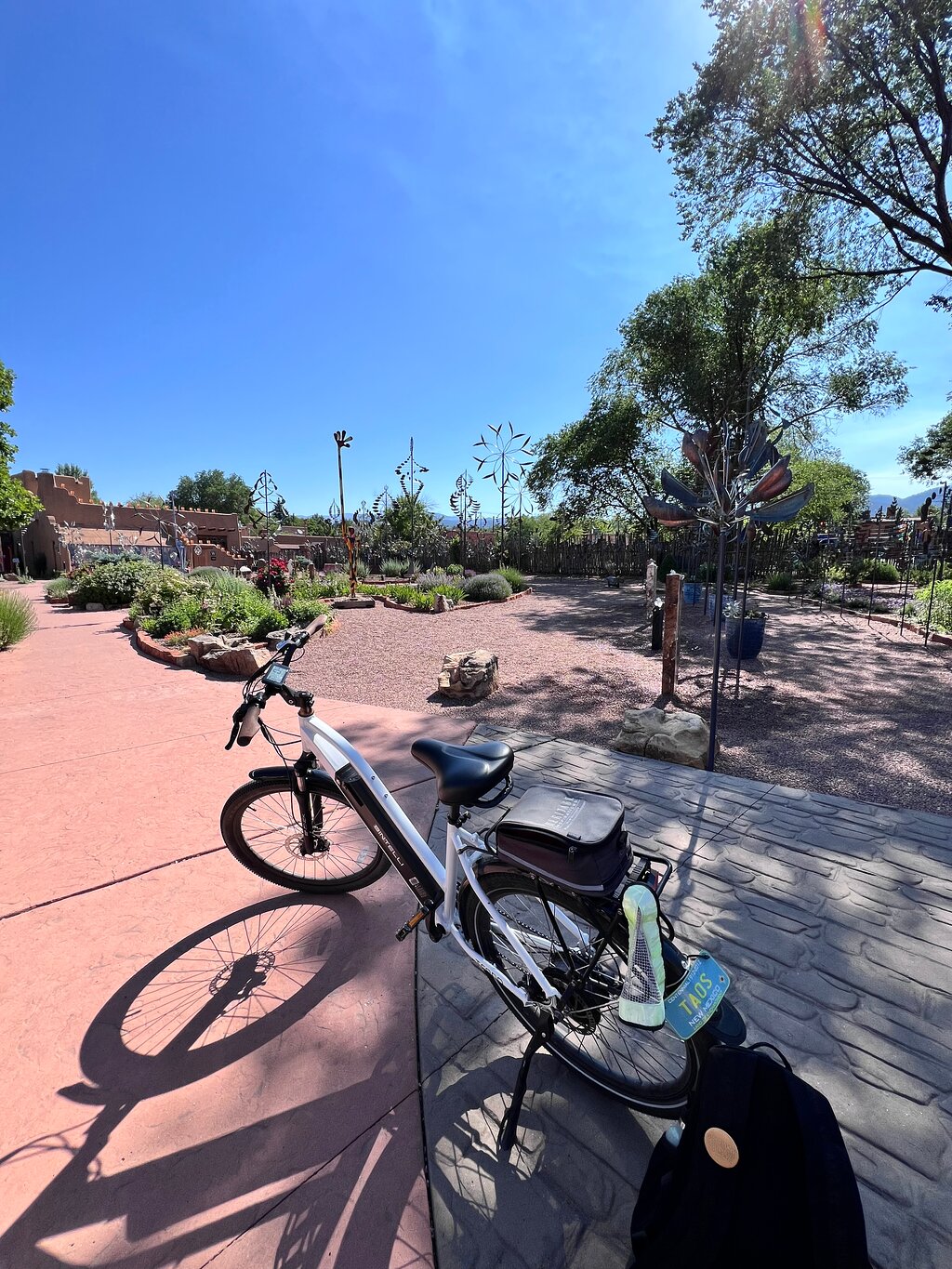
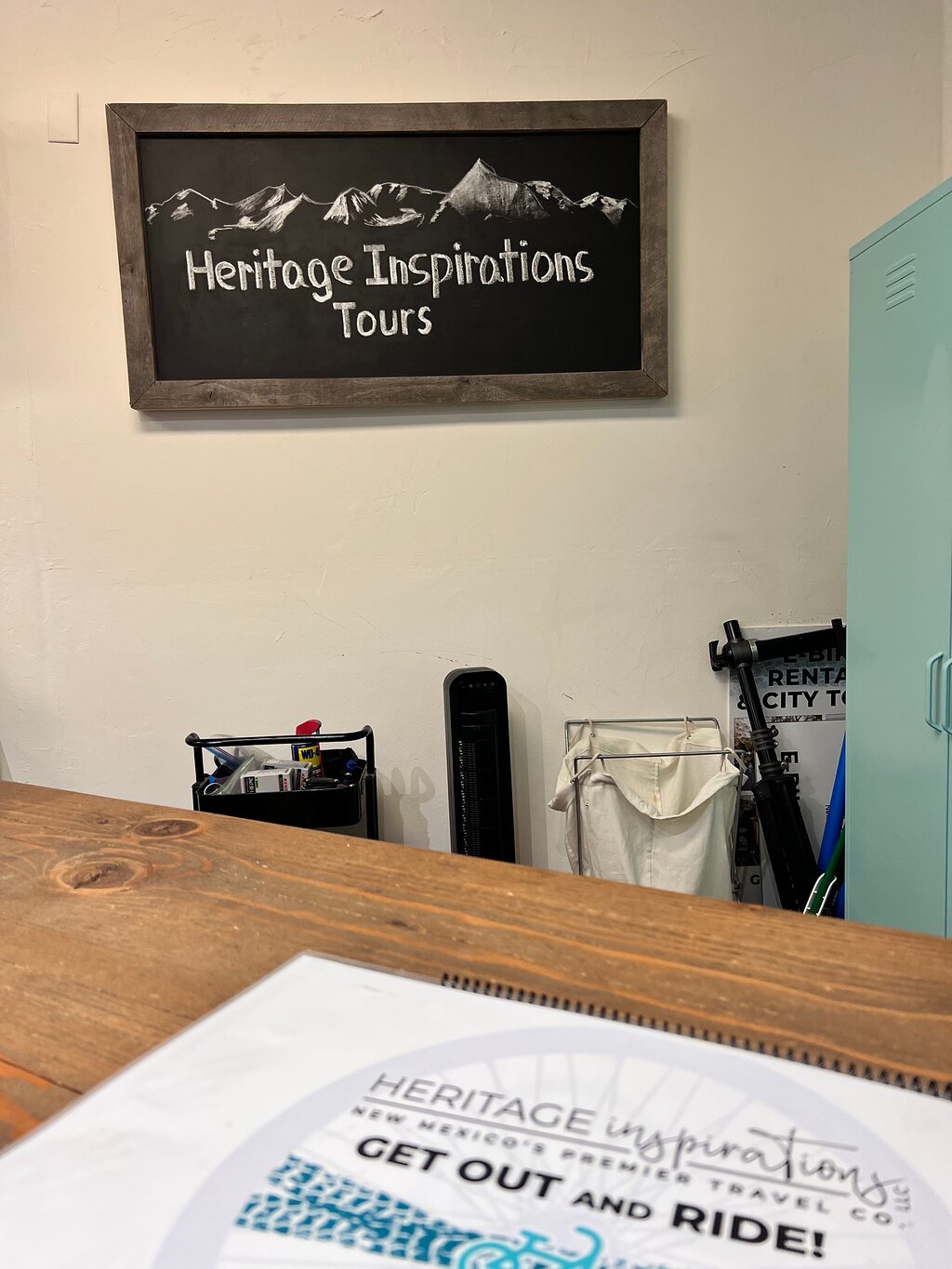

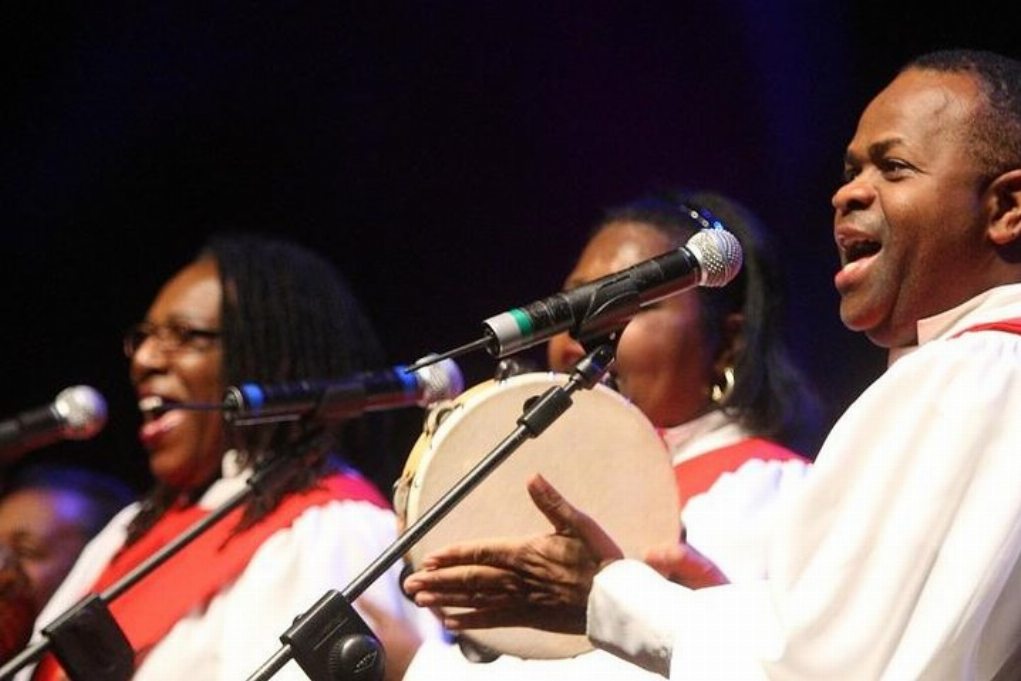

 Suite
Suite
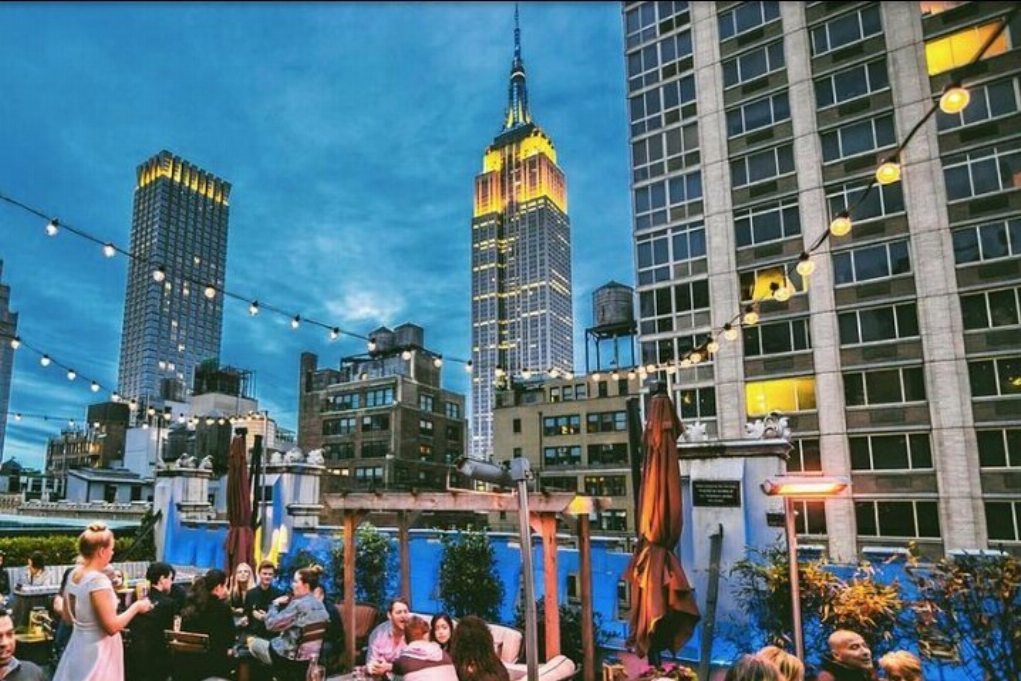
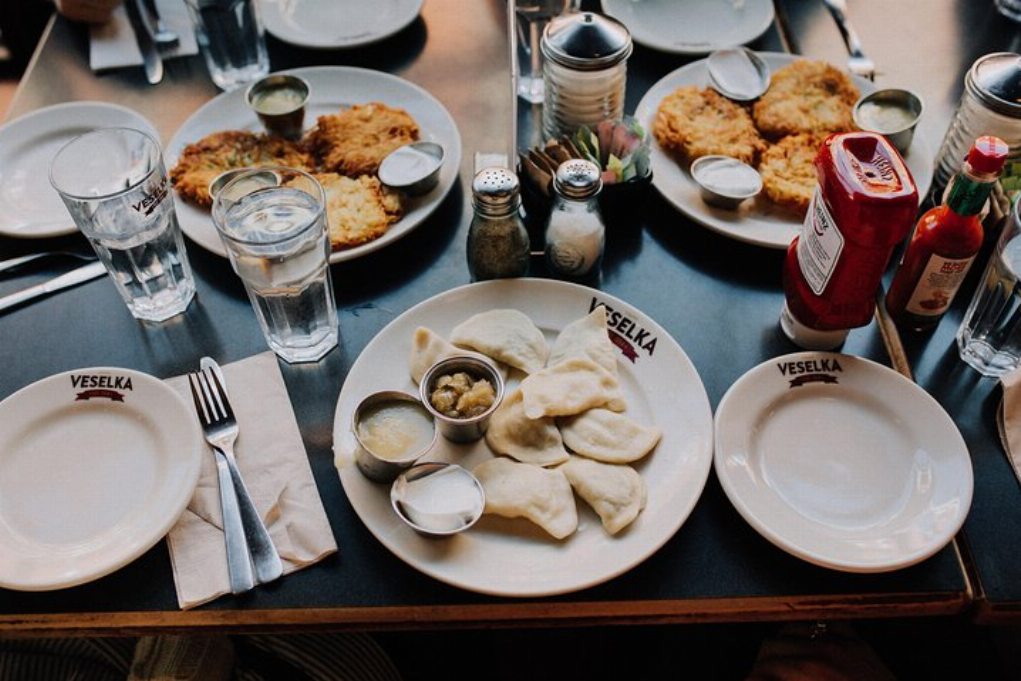
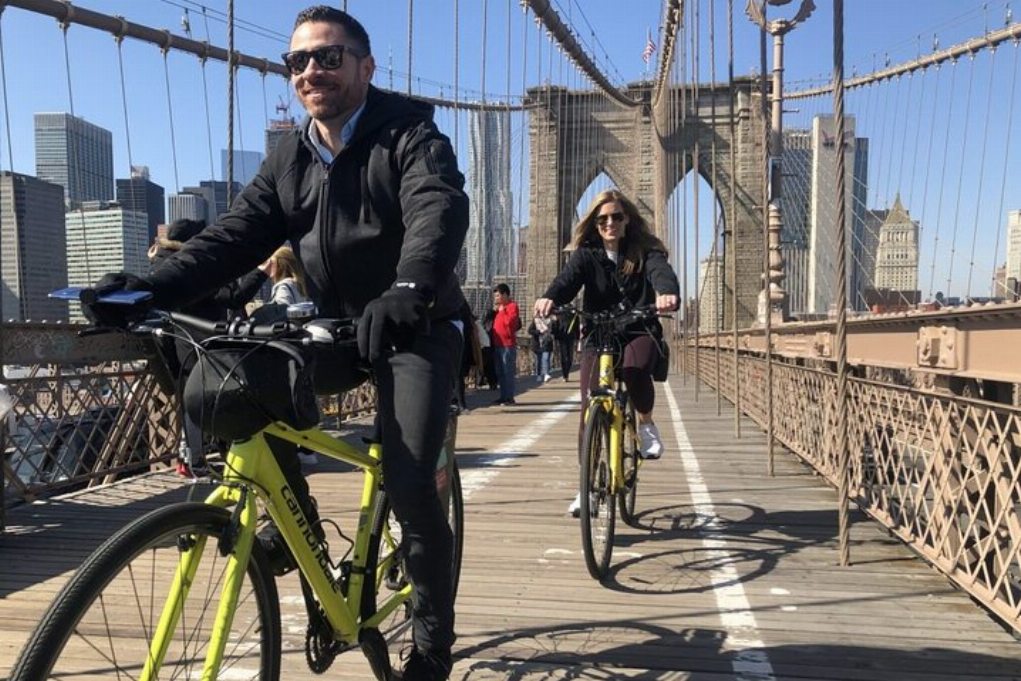
 Continuer avec Google
Continuer avec Google
 Continuer avec Facebook
Continuer avec Facebook
 Continuer avec Twitter
Continuer avec Twitter

